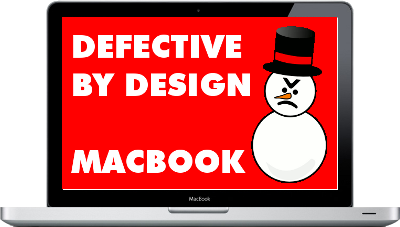In February 2007, the CEO of Apple, Steve Jobs posted an essay, Thoughts on Music, in which he outlined some of the problems with, and expressed a desire to stop using DRM.
Now, nearly two years later, despite the success of DRM-free services like eMusic and with Amazon, Rhapsody, Napster, Jamendo, Magnatune, 7Digital and lots of others all selling DRM-free music, customers of Apple's iTunes Music Store are still plagued by a catalogue of mostly DRM-encumbered music.
To make matters worse, Apple's newest hot products, the iPhone and iPod Touch, offer extra opportunities for DRM, wrapping applications, even those available at little or no cost, as well as movies and TV shows in yet more layers of DRM.
And now, once again, Apple have pushed their DRM agenda even further, with the release of the latest revision of their MacBook laptop computers. The new MacBooks contain a hardware chip that prevents certain types of display being used, in an effort to plug the analog hole. Devices such as the HDfury can get around this, but this adds greater cost and inconveinience to what should be a relatively simple procedure.

With this, the MacBook holds the dubious honor of being the first product chosen in our 35 days against DRM.
- Put one of our anti-MacBook banners on your website.
- Email your friends and family asking them to boycott Apple.
- Digg this action!